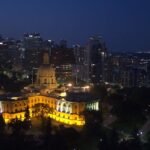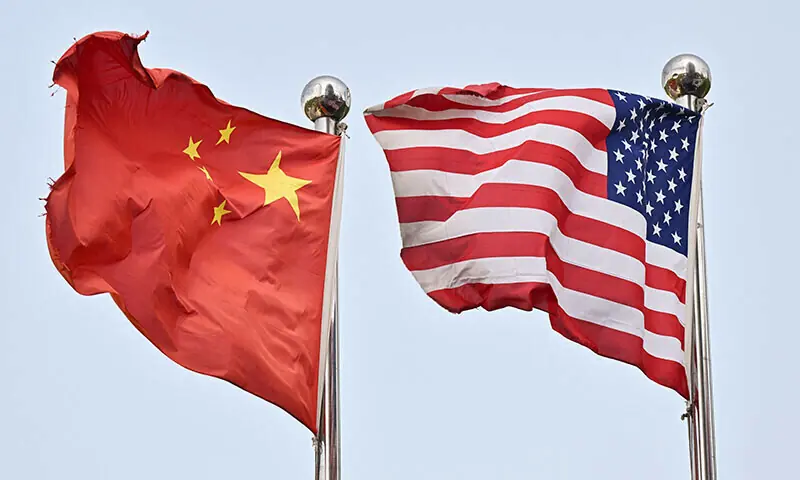• Official estimates classify only 39% of the population as urban
• The discrepancy arises from the dependence of administrative boundaries on population density and settlement patterns.
ISLAMABAD: An analysis of a World Bank policy research working paper reveals that Pakistan’s true level of urbanization is close to 88 percent, based on satellite imagery and the Degree of Urbanization methodology.
According to the working document titled “When does a village become a city?: Revisiting Pakistan’s urbanization using satellite data”, the substantial discrepancy arises from Pakistan’s reliance on administrative boundaries that do not reflect actual population density or settlement patterns.
The analysis finds that Pakistan’s urban population is almost double the size reported in official statistics, as the administrative definition only includes the largest cities. According to the DoU classification, 88 percent of the population lives in an area with urban characteristics: 46 percent in high-density cities and about 42 percent in moderate-density urban centers.
These figures contrast sharply with the 39% of the urban population reported in official data, revealing a significant gap between politically defined and technically measured classifications.
The findings indicate that secondary cities and peri-urban areas, rather than megacities, are the main drivers of recent urban expansion and are systematically overlooked in official rankings. This discrepancy between functional and administrative classifications has important fiscal and planning implications.
Misclassified areas reduce property tax revenue and undermine the planning and delivery of essential public services. Furthermore, misclassification distorts spatial socioeconomic indicators, masking the true extent of disparities between urban and rural areas and complicating the design of effective, evidence-based public policies, according to the research paper prepared by the World Bank’s Global Poverty and Equity Department Office.
The last time Pakistan’s official classification of urban areas reflected realities on the ground was in 1972. Before that, urban classification was based on objective indicators such as population count, infrastructure and public service delivery. However, after 1972, responsibility shifted to provincial and municipal committees, which are not formally required to consider population concentration or objective metrics when defining urban areas, nor are they required to periodically review urban boundaries.
The study shows that while official statistics suggest that 39 percent of Pakistan’s population is urban, this figure rises to 88 percent when population density and concentration are considered. The official definition covers only the largest urban centers and does not recognize the urban character of the growing peri-urban areas that are now home to almost half the population.
Furthermore, the paper discusses how reflecting Pakistan’s urban expansion with the development of “megacities” overlooks the significant urbanization occurring in growing peri-urban areas. While the expansion of cities such as Lahore and Karachi is a notable indicator of the country’s increasing urbanization, much of the urban population growth is occurring in many intermediate and small urban centers.
The study uses the Degree of Urbanization method, which relies on satellite data to assess population density, providing a more accurate and globally comparable view of urbanization beyond administrative boundaries.
In all provinces, the divergence between the official urban classification and the DoU persists, and the official statistics are consistent.
The official data does not represent urbanization: Islamabad shows only 47 percent urban population compared to 90 percent under the DoU, while figures in Balochistan, Punjab and Sindh are more closely aligned.
In Khyber Pakhtunkhwa, the DoU estimates that the urban population is almost three times larger than the official 15%, while Islamabad is largely dense urban and other provinces show mixed suburban and peri-urban growth. The report concludes that Pakistan’s urban landscape has transformed dramatically over the past two decades. Since the early 2000s, an increasing proportion of the rural population has moved away from agriculture, transforming formerly rural settlements into vibrant new urban centres.
Published in Dawn, November 5, 2025









